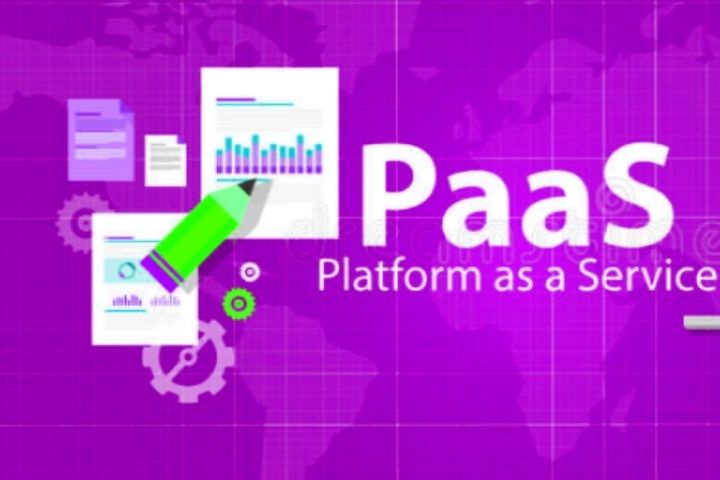PaaS: Platform as a Service, we continue with the glossary on Cloud Computing. Now it’s time to talk about PaaS ( Platform as a Service ) that, when translated, we can name it as Platform as a Service , which is the intermediate layer of a cloud architecture (as we can see in the image that illustrates this post). Platforms as a Service (PaaS) allow us to produce software without thinking or rather, without being so aware of the necessary resources for it, since we will have greater flexibility and a simpler and more adjusted (in costs) scalability, thanks to the Infrastructures as a Service (IaaS).
PaaS make use of IaaS resources and focus on specific objectives. An example of a Platform as a Service is Velneo, which includes all the necessary tools so that a developer can host, prototype, analyze, develop, test, document, implement and execute final business management applications (these can function as SaaS ), all in a single platform.
Table of Contents
Advantages Of PaaS Over Local Platforms
You are probably wondering what are the advantages of platforms as a service, compared to traditional platforms hosted on a local machine.
On the one hand, as we have explained before, platforms as a service tend to work, in turn, on infrastructures as a service, which greatly simplifies the management and configuration of the resources necessary to make the platform work correctly and optimally. This is because, on the one hand, there is no technical or resource limitation, beyond the cost of the service itself.
On the other hand and not least, most cloud infrastructures today have prefabricated instances or systems , which have exactly all the necessary resources, drivers and / or dependencies and are specific to operate various types of platforms. And if none of them fit exactly what is needed, it is always possible to configure them with our exact needs and to be able to replicate them with a single click.
For all these reasons, the deployment, configuration, maintenance and, not least, the scalability of platforms as a service, through cloud infrastructures, is much more flexible , convenient and faster than doing it locally, where we will always be tied. to hardware, a machine and specific physical devices, with the little room for maneuver in terms of time and costs that this allows us.
Better Platforms As A Service (PaaS) For Management Software And Applications
Today there are multiple Platforms as a Service, each one oriented to different purposes: web servers, file storage, data analysis and many more. Here we show you some of the most popular PaaS of the moment:
- Velneo Cloud by Velneo (the best if we talk specifically about business management applications;))
- Elastic Beanstalk from Amazon AWS
- App Engine from Google
- Azure from Microsoft
- Cloud of IBM
- 360 Customer Platform of SalesForce
- Cloud Applications for Oracle
- OpenShift of RedHat
- Cloud Platform for SAP

